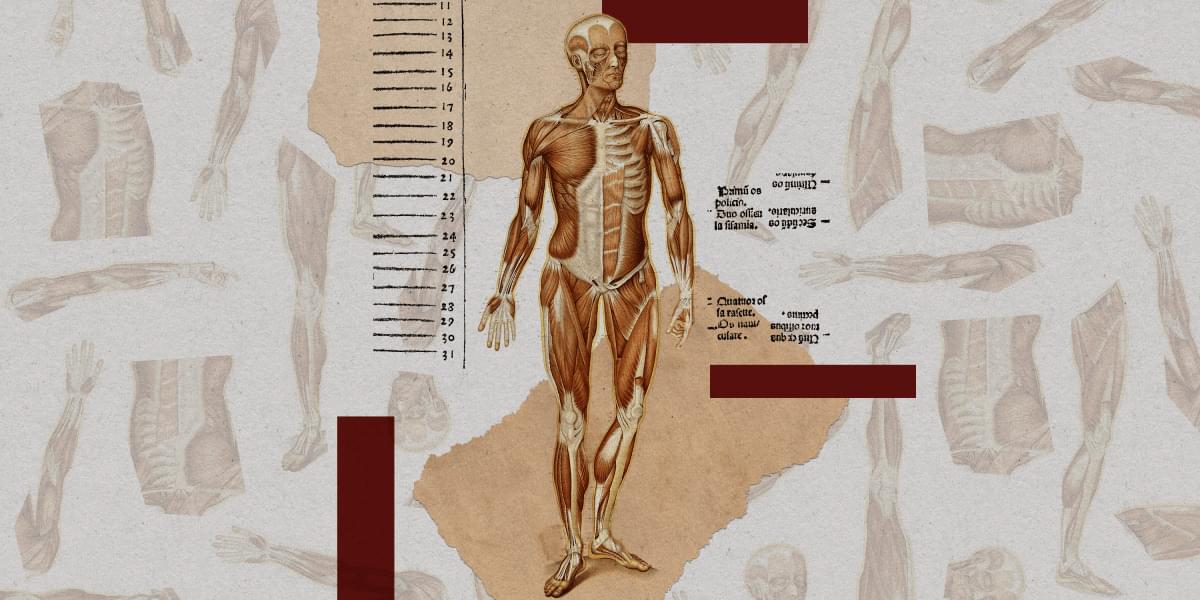A novel therapy targeting brain immune cells shows promise in restoring motor neuron connectivity and improving movement in an ALS mouse model.



All manner of companies and tech leaders have been predicting when AGI will be achieved, but we might have one of the surest signs that it’s already here — or is just around the corner.
Google Deepmind is hiring a Post-AGI researcher for its London office. As per a job listing on internet boards, Google Deepmind is looking for a “Research Scientist, Post-AGI Research”. “We are seeking a Research Scientist to explore the profound impact of what comes after AGI,” the job listing says.
“At Google DeepMind, we’ve built a unique culture and work environment where long-term ambitious research can flourish. We are seeking a highly motivated Research Scientist to join our team and contribute to groundbreaking research that will focus on what comes after Artificial General Intelligence (AGI). Key questions include the trajectory of AGI to artificial superintelligence (ASI), machine consciousness, the impact of AGI on the foundations of human society,” says the job listing.
Elon Musk’s Tesla is on the verge of launching a self-driving platform that could revolutionize transportation with millions of affordable robotaxis, positioning the company to outpace competitors like Uber ## ## Questions to inspire discussion ## Tesla’s Autonomous Driving Revolution.
🚗 Q: How is Tesla’s unsupervised FSD already at scale? A: Tesla’s unsupervised FSD is currently deployed in 7 million vehicles, with millions of units of hardware 4 dormant in older vehicles, available at a price point of $30,000 or less.
🏭 Q: What makes Tesla’s autonomous driving solution unique? A: Tesla’s solution is vertically integrated with end-to-end ownership of the entire system, including silicon design, software platform, and OEM, allowing them to keep costs low and push down utilization on ride-sharing networks. Impact on Ride-Sharing Industry.
💼 Q: How will Tesla’s autonomous vehicles affect Uber drivers? A: Tesla’s unsupervised self-driving cars will likely replace Uber’s 1.2 million US drivers, being 4x more useful due to no breaks and no human presence, operating at a per-mile cost below 50% of current Uber rates.
💰 Q: What economic pressure will Tesla’s solution put on Uber? A: Tesla’s autonomous driving solution will create tremendous pressure on Uber, with its cost structure acting as a magnet for high utilization, maintaining low pre-pressure costs for Tesla due to their fundamentally different design. Future Implications.
🤝 Q: What potential strategy might Uber adopt to compete with Tesla? A: Uber may need to approach Tesla to pre-buy their first 2 million Cyber Caps upfront, including production costs, as potentially the only path to compete with Tesla’s autonomous driving solution.
In a breakthrough with promising real-world applications, a team of Rutgers biophysicists, bioengineers, and plant biologists has captured the first live images.
In a groundbreaking study, researchers at Rutgers University-New Brunswick have captured continuous, 24-hour images of cellulose synthesis, the process by which plant cell walls are built, using living plant cells. This marks the first time the dynamic process of cell-wall construction has been observed in real time, offering critical insights that could lead to the development of more resilient crops, enhanced food production, and lower-cost biofuels.
Published in the journal Science Advances.

“We named this galaxy Zhúlóng, meaning ‘Torch Dragon’ in Chinese mythology. In the myth, Zhúlóng is a powerful red solar dragon that creates day and night by opening and closing its eyes, symbolizing light and cosmic time,” team leader Mengyuan Xiao of the University of Geneva (UNIGE) said in a statement. “What makes Zhúlóng stand out is just how much it resembles the Milky Way in shape, size, and stellar mass.”
Another similarity between the Milky Way and this early cosmic dragon galaxy is the sizes of their stellar disks and the masses of those regions. Zhúlóng’s disk spans around 60,000 light-years and has a mass of 100 billion times that of the sun. The Milky Way’s disk is slightly wider at 100,000 light-years wide with a stellar mass estimated at around 46 billion solar masses.

Many of these are commercial: What shampoo to pick? How much to spend on a bottle of wine? Whether to renew a subscription?
These choices might appear to be freely made, but psychologists have shown that subtle changes in the way products are positioned, promoted and marketed can radically alter how customers behave.
The Illusion of Choice identifies the 16½ most important psychological biases that everyone in business needs to be aware of today – and shows how any business can take advantage of these quirks to win customers, retain customers and sell more.



Modern brain–computer interfaces (BCI), utilizing electroencephalograms for bidirectional human–machine communication, face significant limitations from movement-vulnerable rigid sensors, inconsistent skin–electrode impedance, and bulky electronics, diminishing the system’s continuous use and portability. Here, we introduce motion artifact–controlled micro–brain sensors between hair strands, enabling ultralow impedance density on skin contact for long-term usable, persistent BCI with augmented reality (AR). An array of low-profile microstructured electrodes with a highly conductive polymer is seamlessly inserted into the space between hair follicles, offering high-fidelity neural signal capture for up to 12 h while maintaining the lowest contact impedance density (0.03 kΩ·cm−2) among reported articles. Implemented wireless BCI, detecting steady-state visually evoked potentials, offers 96.4% accuracy in signal classification with a train-free algorithm even during the subject’s excessive motions, including standing, walking, and running. A demonstration captures this system’s capability, showing AR-based video calling with hands-free controls using brain signals, transforming digital communication. Collectively, this research highlights the pivotal role of integrated sensors and flexible electronics technology in advancing BCI’s applications for interactive digital environments.
